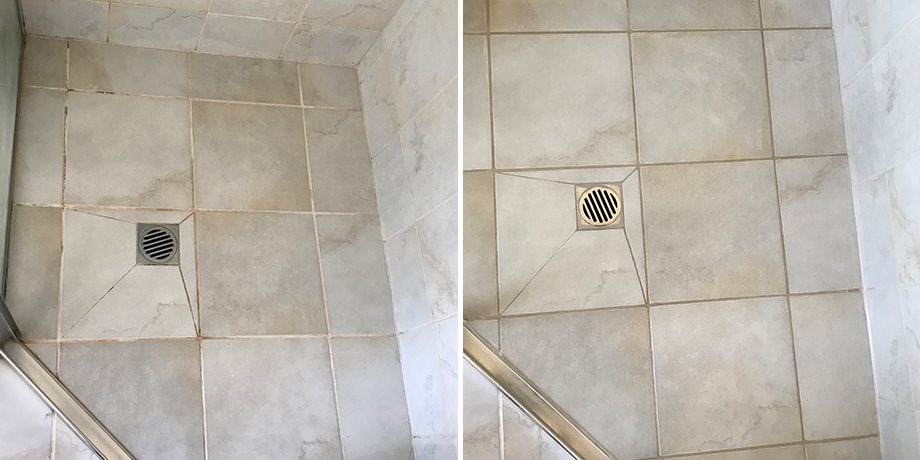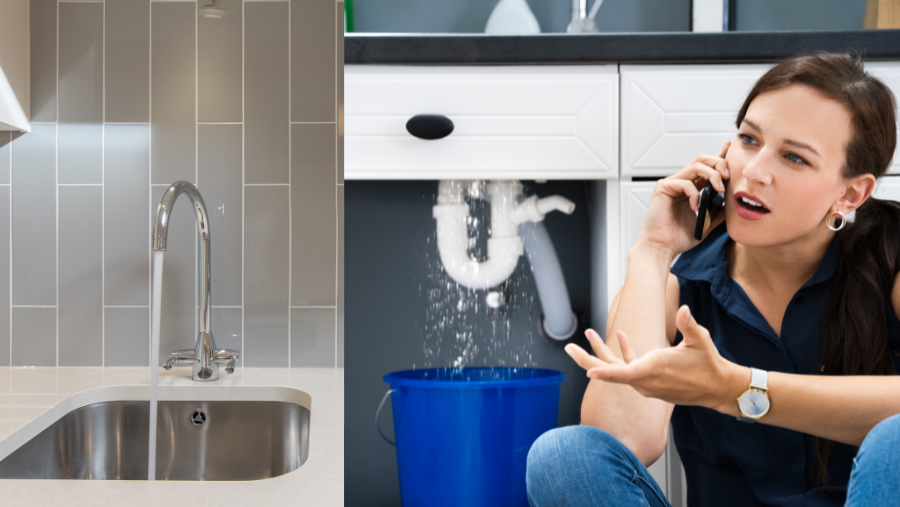Preventing Water Damage in the Bathroom
Book InspectionNearly everybody maintains their own opinion with regards to How to Fix a Water Damage Bathroom.

The bathroom is exceptionally prone for damp build-up and possible water damages due to the constant use water in it. This short article offers easy examination methods to help finding water damages threats.
The regular use water in the restroom makes it exceptionally susceptible for wet build-up and also potential water damages. By inspecting it on a regular basis, you can reduce water associated problems.
The following set of examinations is easy to do and ought to be done as soon as in every three months in order to maintain your washroom in good shape as well as to prevent possible water damages triggered by the bath tub, the shower, pipe joints as well as plumbing, sinks, closets, and the bathroom
Do not forget carrying out these assessments and also be comprehensive while doing them. Remember that these easy examinations can save you a lot of money by supplying very early indications for water damage
Sinks as well as Cabinets
Sinks and also cabinets are exposed to wetness and also moisture day-to-day and also are frequently neglected. Check consistently under the sink and also on the countertop above it. Repair any drip in the trap as it may suggest drain issues. Browse the sink, sluggish draining pipelines may suggest a blocked drain. Replace sink seals if they are broken or loose.
Bathtub and Shower
The shower and bathtub call for special interest and maintenance. Check the tiles and change if fractured. See to it that there is no missing out on cement in between the ceramic tiles. Examine and also change split caulking at joints where the walls meet the floor or the bath tub. Obstructed drains pipes and pipelines problems will certainly avoid the bath tub from drying out and also may show major problems underneath the bathtub. Seek advice from an expert right away to prevent architectural damage. Pay attention to stainings or soft areas around the tub walls as they might indicate an inner leak.
Plumbing
Signs for water damages are difficult to identify considering that a lot of pipes are installed inside the wall surfaces.
Pay unique interest to floor covering and also walls moisture and discolorations as they might suggest an unseen plumbing trouble. Inspect wetness levels in adjoining rooms also.
The Bathroom
The bathroom is a susceptible water junction. Examine the water lines and also look for leaks around the commode seat, in the tube, and also under the water container. If you identify any kind of indicators of moisture on the floor around the toilet, look for leakages in the toilet edge and also storage tank seals.
Know that hanging toilet bowl deodorants increases the chances for clogs.
Water Damage Signs In The Bathroom To Avoid Cleanup
Musty smell
This is one of the easiest signs to catch because musty smells are so odorous. The damp, earthy, moldy smell should be a big red flag. The smell will develop when moisture gets trapped in surfaces, and begins to facilitate mold growth. Leaking pipes under cabinets, inside walls, and behind shower fixtures will cause moisture to stay trapped and not dry, which will lead to mold growth and spread. As soon as you notice any musty smells in your bathroom, have it checked for hidden water damage and cleanup signs.
Visible mold
If the smell isn’t there to give it away, sometimes you will actually see mold growth. Finding mold in your bathroom is a serious problem, because mold is very harmful to your health. By the time mold growth is visible, it also means that water damage has already occurred and been present for some time. The only way the mold problem can be resolved is to find the source of the moisture and get it stopped. To safely and adequately remove mold, you need to have professionals handle the remediation. Do not waste any time in getting mold problems addressed, fixed, and sanitized so that you can protect you and your family from the many respiratory symptoms caused by mold exposure.
Damaged floors
Bathroom floors should be able to withstand some exposure to water while still remaining in good condition. However, when excess exposure or water leaks occur, they will begin to damage even the most water-resistant flooring. If you notice any cracking, bubbling, staining, or warping on your bathroom floors, there is probably a water leak somewhere causing the distortion. If you notice areas of the floor have become softer, or even have a spongy feeling, there is probably damage to the subfloor. Subflooring is typically made up of plywood. When plywood is exposed to water or moisture, it will absorb it. Once it has become saturated, the weight of the excess water will cause the wood to swell and soften. Check the floors in your bathroom frequently to catch any of these sings before they lead to damaged subflooring.
Changes on walls
When water leaks behind walls, it will cause changes in the drywall. Peeling plaster, blistering paint, and soggy wallpaper are all good indicators that excess water is building up behind the wall. Water leaking behind drywall will cause it to swell and be soft to the tough. If you start to notice gaps along the trim of your walls, or where tile meets the wall, it could also be a strong indicator that there is a leak behind the wall. Any changes, distortion, or damage on the walls should be evaluated as soon as you notice it to prevent further water damage and cleanup.

I hope you enjoyed reading our piece on How to Prevent Bathroom Water Damage. Thanks for taking the time to read through our short article. Enjoyed reading our review? Please share it. Help somebody else discover it. Thank you so much for taking the time to read it.
Website